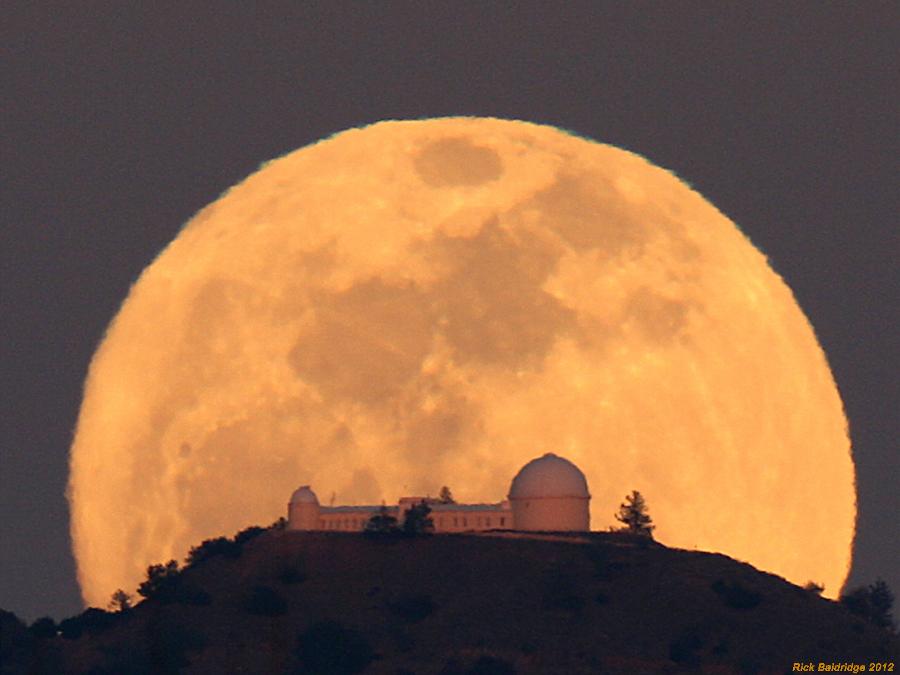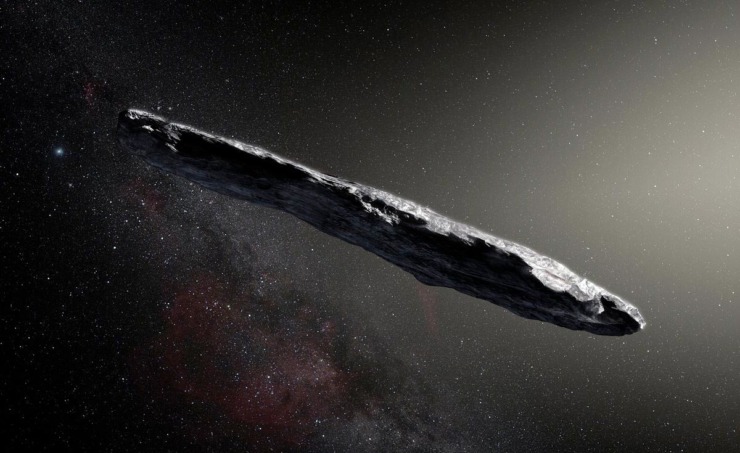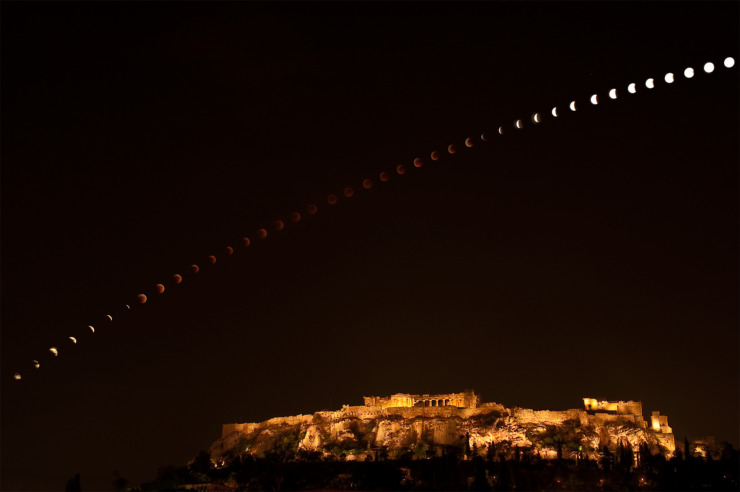Of the grand order of folio leviathans, the Sperm Whale and the Right Whale are by far the most noteworthy. They are the only whales regularly hunted by man. To the Nantucketer, they present the two extremes of all the known varieties of the whale. As the external difference between them is mainly observable in their heads; and as a head of each is this moment hanging from the Pequod's side.
Type and hit ENTER

New Year's Day Full Moon will be a "Supermoon" - Andrew Fraknoi - Astronomy Lectures - Astronomy Education Resources


